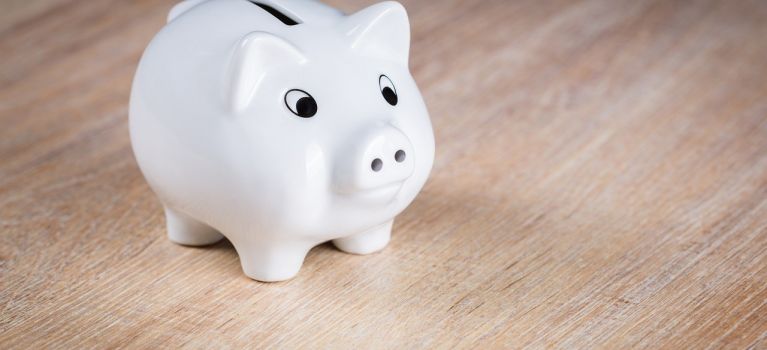Towards the end of the year, many car dealers are offering attractive discounts on new cars. Anyone planning a major purchase towards the end of the year, such as a new car, may wonder whether he or she should really pay in the Pillar 3a maximum amount of CHF 6,768 in 2018, or rather postpone it until 2019. Our article shows why it is by no means boring to start building up a pension plan early on and what alternatives the market offers to your own car.
Old-age poverty in Switzerland on the rise
The Swiss pension plan consists of three pillars:
- 1st pillar: old-age and survivors' insurance (OAS) as a state pension plan
- 2nd pillar: pension fund (PF) as occupational pension plan
- 3rd pillar: private pension plan consisting of pillar 3a (tied pension plan with tax advantages) and pillar 3b (free pension plan without tax advantages)
In addition to building up the old-age and survivors' insurance (OAS) as the first pillar and the pension fund (PF) as the second pillar, private pension provision as the third pillar is of great importance. Paying into the tied pillar 3a towards the end of the year sounds reasonable. However, this is voluntary, which is why young people in particular do not worry about it for the time being. But it's worth thinking ahead. This is because poverty among the elderly, which has been largely underestimated to date, is becoming an increasing problem in Switzerland. But not all are equally affected: Differences in income, education, health and employment are reflected in the calculation of pensions. In addition, life expectancy is rising. All these factors mean that every fourth person of retirement age in Switzerland is already at risk of poverty. This makes it all the more important to build up the 3rd pillar at an early stage in order to secure your retirement.
Tied up capital with loss of value: the car
Free capital for the third pillar is one of the most important things in old-age provision. But not everyone can raise this capital at the end of the year. Incidentally, paying into Pillar 3a results in a tax reduction. In exceptional cases, this can even result in savings of up to 30 percent.
An item that many people do not think about, but which is tied to capital and loses value every year, is their own car. Very few models become popular oldtimers and increase their value over time. Normal cars lose more than 25 percent of their value in the first 2 years. But as they get older, the risk of depreciation due to unforeseen repairs increases. With used cars, more and more repairs are added over time. This has a negative effect on liquidity, as this is not taken into account in advance. In particular, the large amount of capital that is suddenly tied up and unforeseen events that cause costs speak against the purchase of new cars when it comes to liquidity. The car owned ties up capital, but not sustainably.
The alternatives: leasing or car subscription
Leasing a car or subscribing to it are ways of releasing cash that can be used for the third pillar. Leasing is often more expensive than you might think at first glance due to high down payments, long contract terms of two to five years and expensive service in brand garages. What is more, payments for additional kilometres or repairs often have to be made upon return.
A car subscription, on the other hand, ensures good cost control thanks to a monthly flat rate that covers everything from insurance and service to repairs and tyre changes. In this way, the car subscription offers the release of a lot of capital compared to buying a new car. However, we believe that this capital should really flow into the 3rd pillar and not be spent on Christmas presents.
Pillar 3a - how long will it take to pay in? Many Swiss banks accept payments for Pillar 3 2018 until a few days before the turn of the year. So it's better to pay in quickly and spare yourself a lot of worries for the future. More information on car subscriptions can be found here.
Car with all-inclusive subscription
Insurance, registration, taxes, and more – everything included. Around 40 models from various brands.










